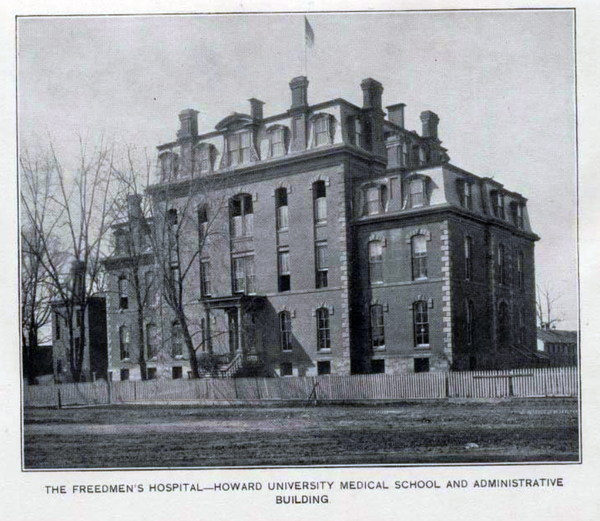Difference between revisions of "Portal:Featured Image Of The Week"
From Asylum Projects
M-Explorer (talk | contribs) |
M-Explorer (talk | contribs) |
||
| (16 intermediate revisions by the same user not shown) | |||
| Line 1: | Line 1: | ||
{{FIformat | {{FIformat | ||
| − | |Image= | + | |Image= DCfreedmans.png |
|Width= 600px | |Width= 600px | ||
| − | |Body= | + | |Body= [[Freedmen's Hospital and Asylum|The Freedmen’s Hospital]] was founded in 1862 in Washington, DC. It was the first hospital of its kind to aid in the medical treatment of former slaves. Later it became the major hospital for the African American community in Washington, D.C. The hospital was founded on the grounds of Camp Barker at 13th and R Streets in Northwest Washington. It remained in that location until a new building was completed in 1909 at Bryant and 6th Street. Through much of its history the hospital was managed by the U.S. government. |
}} | }} | ||
Revision as of 05:41, 28 June 2020
Featured Image Of The Week
The Freedmen’s Hospital was founded in 1862 in Washington, DC. It was the first hospital of its kind to aid in the medical treatment of former slaves. Later it became the major hospital for the African American community in Washington, D.C. The hospital was founded on the grounds of Camp Barker at 13th and R Streets in Northwest Washington. It remained in that location until a new building was completed in 1909 at Bryant and 6th Street. Through much of its history the hospital was managed by the U.S. government.
